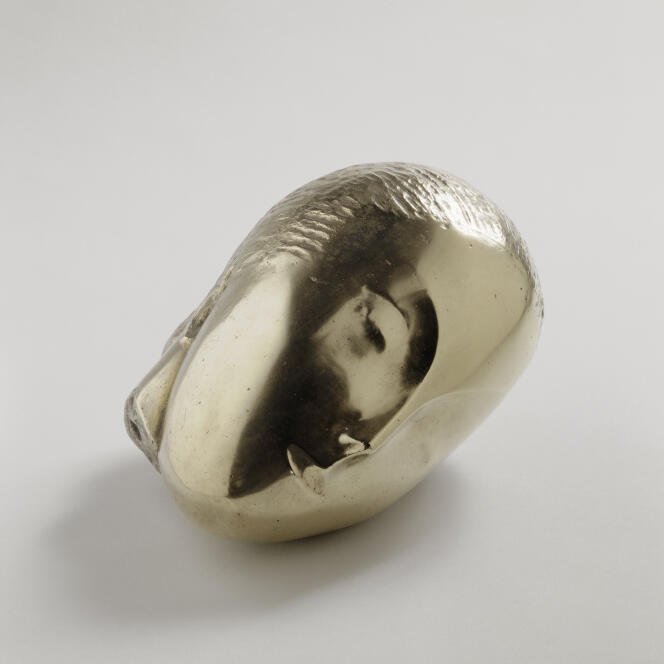After the success of the Victor Brauner exhibition in the spring (26,000 visitors), Timisoara (Romania) closes, in January 2024, the festivities relating to the European Capital of Culture 2023 label with another national pride, Constantin Brancusi (1876- 1957). “A historic moment, which will be remembered”rejoices Alin Nica, president of the department of Timis (of which Timisoara is the capital), during the opening, on September 28, of the exhibition “Romanian Sources and Universal Perspectives” at the National Museum of Art. ” A miracle “welcomes the president of the Art Encounters foundation, Ovidiu Sandor, who suggested the idea. “If I had known how difficult it would be, I might have kept quiet.”jokes the collector and patron, who lends three works by Brancusi to the exhibition.
The operation is indeed a crazy bet. Romanian museums mainly hold academic sculptures by Brancusi, and not those abstract ones made after his installation in Paris in 1904. To convince major international museums to lend their most emblematic works, the baroque palace had to carry out a major renovation , at a cost of 2.5 million euros.
The French Institute of Timisoara, directed by Tilla Rudel, has facilitated exchanges with France, the second homeland of the artist who became a naturalized Frenchman in 1952. The curator of the exhibition, the art historian Doïna Lemny, argued his long years at the Center Pompidou, in Paris, to obtain seven loans from the museum, including one Sleeping Muse of 1910. Ovidiu Sandor, for his part, used his interpersonal skills with the Tate Modern for the loan of three of the four sculptures held by the London museum, notably a spectacular Fish in bronze from 1927. And when the works are missing, superb period photos of Brancusi’s sculptures, provided by the London dealer David Grob, replace them.

The difficulty, however, is not just in obtaining masterpieces. Brancusi’s personality is shrouded in a mystery as thick as the black velvets hung in the rooms of the national museum. Expose “the peasant of the Carpathians” in Timisoara, it’s rubbing shoulders with the Romanian unconscious and its fantasy machine. “I fight against all the self-proclaimed brancusologists who want to bring Brancusi back to folkloric or religious, to pull him from universalism towards nationalism”insists Doïna Lemny.
Loyalty to one’s heritage
Brancusi, it is true, never denied his training years in Craiova and Bucharest. If he emigrates to Paris, where he converges, at the beginning of the 20th centurye century, the entire European avant-garde, the sculptor always preserves the link with his compatriots, who, in return, will never stop showing him their admiration.
You have 45% of this article left to read. The rest is reserved for subscribers.
